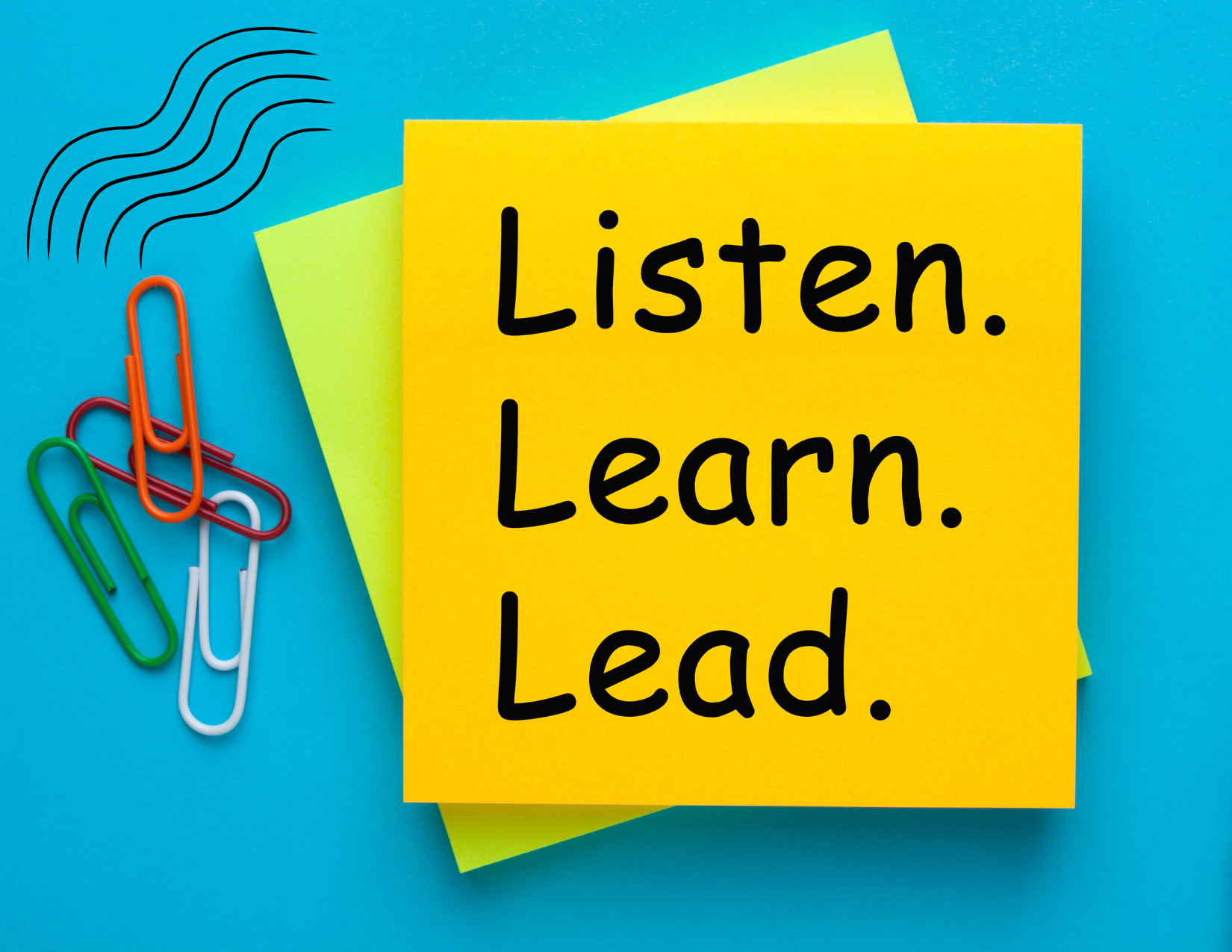Receiving feedback from direct reports, peers, and managers can be challenging to digest. My mindset in these moments is that there is a grain of truth in almost every piece of feedback I receive because, for the person giving the feedback, this is how they perceive me. However, this does not always lessen the sting of the feedback or the realization that there is more work to be done, and as with everything in life, there are nuances.
One of the feedback points that I have received over the years in 360-degree assessments is that I need to further develop my ability to influence. Therefore, I have conscientiously worked on the competency of influence over the years and continue to work at mastering it.
As a side note, the ability to influence is also one of the most frequently requested topics emerging leaders reach out to me to discuss. Therefore, I thought it might be helpful to others if I used some of my data points to talk about feedback and the competency of influence.
Feedback.
So, I decided to take a trip down memory lane and gathered feedback I have received in the past that is either directly or tangentially related to my ability to influence. In the parenthesis below, I have called out the relationship of the comment to the ability to influence. The quotes below begin with feedback from over fifteen years ago and end with feedback from five years ago.
“Boi is often too polite and does not speak up.” (Influence requires a voice and perspective.)
“Not taking time for small talk, too businesslike.” (Influence requires taking social time to build networks.)
“…authoritative stance can at times be intimidating…sometimes her warmth as a human being does not shine through as brightly as it could.” (Being viewed as authoritative might push people away rather than draw them in. Influence requires a connection with others.)
“Could build relationships across a wider group of senior colleagues…to understand their points of view in order to be better partners and influencers.” (Bingo! Feedback that is specific and actionable.)
The first thing to remember about feedback is that it can be a mixed bag of information, and the best approach I have found is to put on my thinking cap and set my feeling cap aside. My process is to aggregate similar feedback, and where I have feedback that seems outside the norm or seems more spiteful, I set that aside in a separate pool of data points. It is tempting to fill in the gaps and guess who wrote what; maybe spend five minutes doing that, but you don’t know who wrote what unless someone tells you what feedback they provided.
Organizational culture and feedback.
How you show up at work is not necessarily how you show up in other parts of your life. Recognizing this as you put the feedback you receive into context is essential. There are things that you need to work on for your professional growth. However, your organizational culture also impacts the type of feedback you receive because it is the ocean, lake, or pond you swim in with unwritten rules, norms, systems, structures, values, and much more.
Bias and feedback.
One of the more challenging aspects of feedback and feedback instruments is that the lens taken can be based on homogeneity. The feedback given might also be clouded by conscious or unconscious bias. There are admittedly pros and cons to 360 feedback.
Many racially diverse professionals reach out to me as they struggle with some of the feedback they receive. Many of us are already modulating how we show up at work, and sometimes the feedback requires a shift, yet again, that takes a great deal of reflection, self-awareness, and energy. This can be true for all those within the spectrum of diversity.
For example, going back to the feedback above and the statement, “Boi is often too polite and does not speak up. ” Boi could not be speaking up for a myriad of reasons; she could be from another country where the culture she was brought up in requires that you listen and not speak up; she could have received feedback in the past that she is too aggressive in conversation and is trying to modulate, she might feel she has nothing valuable to offer, or she could have a disability that requires her to process information differently. If any of these statements are true, it will take energy and effort for Boi to show up differently.
When providing feedback about a perceived behavior, ask questions so you can gather tangible information about what you think you are observing. For example, a simple question could be, “I notice that you are hesitant to speak up during meetings. I feel you have more to offer. Can you share why you don’t speak up?” Many years ago, a manager took the time to have that exchange with me. The inquiry and questions were greatly appreciated and led to a productive conversation about the importance of sharing a point of view in a group setting, even when you think you don’t have anything novel to contribute.
Influence.
Influence is the ability to have a positive impact on others. There are many ways to exercise influence, but I have found the two most important aspects of influence are building trust and working through networks.
Being relatable and approachable are necessary elements for building trust. Trust is more of a solitary currency between one person and another. There are two types of trust, practical and emotional. Having both is important for building relationships and leading teams. As you look to influence more broadly within your team, psychological safety is another form of trust that helps provide you with the ability to influence business outcomes.
You have probably heard the term, the meeting before the meeting. Unfortunately, I was naïve to that term early in my leadership journey, having not had much mentorship or coaching. As a result, I was always puzzled and frustrated that decisions seemed to be made and alliances formed before I got to the table. However, I soon realized that the formal and informal networks that others had created provided them with access to information and led to conversations in advance of meetings.
Building networks can be a very authentic endeavor. The story you tell yourself is important. Relationships in the workplace matter, and focusing on the work product alone and not investing in your relationship pipeline might be a fatal career move, especially if you want to move into management and leadership. Be intentional about building your strategic, operational, and personal networks. Set aside time on your calendar weekly to have at least one touchpoint with someone you should get to know better.
Feedback is a guidepost for professional growth. Ask yourself, how am I showing up? How am I perceived? How is this impacting my ability to influence? What is my commitment to growth and change?







